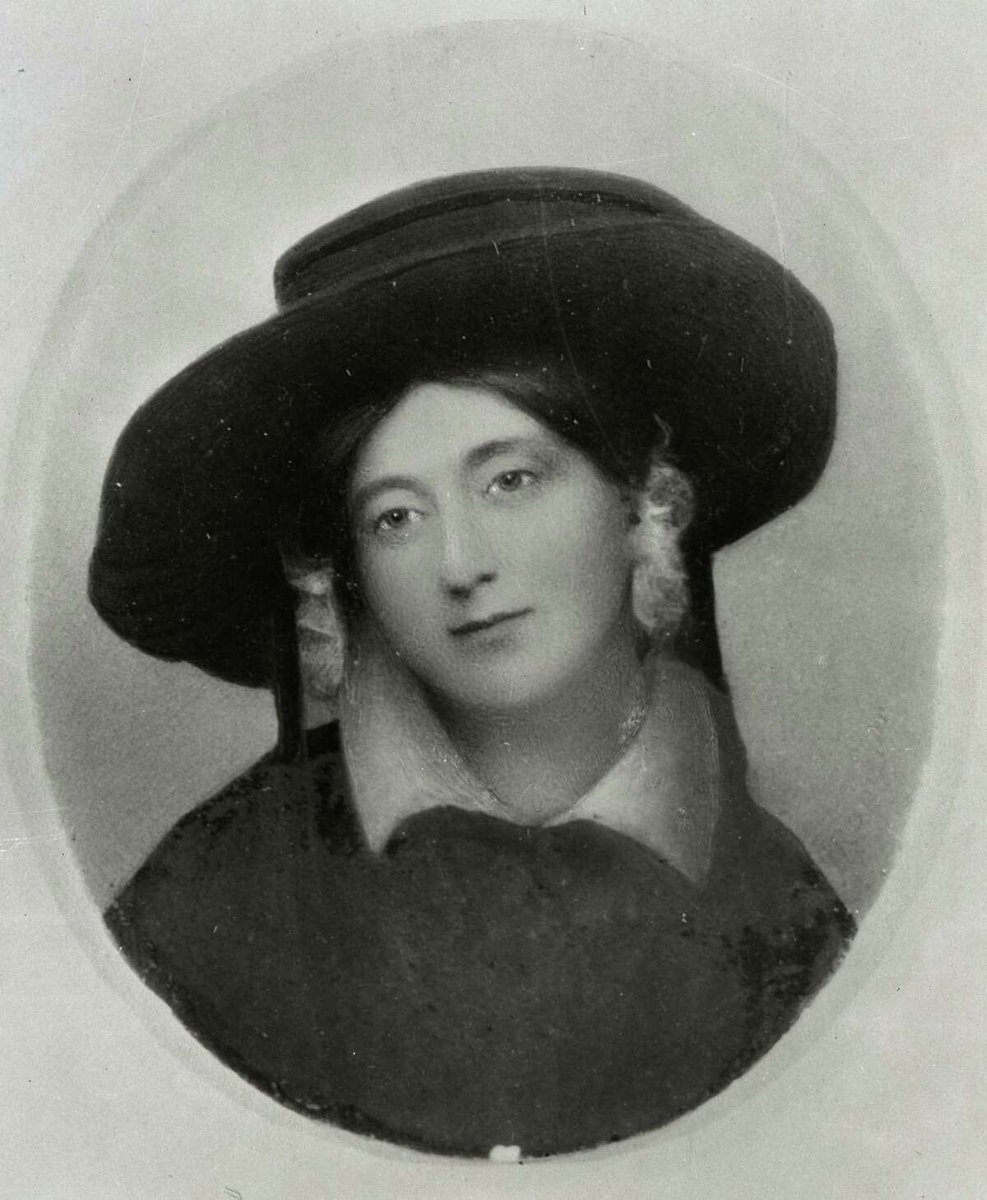Texas literature
This article has multiple issues. Please help improve it or discuss these issues on the talk page. (Learn how and when to remove these template messages)
|
Texas literature is literature about the history and culture of Texas. It includes every literary genre and dates from the time of the first European contact.
Literature through the nineteenth century
Non-fiction

The earliest works relating to Texas were written in Spanish and were primarily historical in nature. Authors and works include:[1]
- Álvar Núñez Cabeza de Vaca — Relación (1542)
- Alonso de Benavides — Memorials (1630–34)
The first English book which was solely about Texas was Texas (1833) by Mary Austin Holley, cousin of Stephen F. Austin. It was expanded in 1836 and retitled History of Texas.[1]
A later author in this period, John Crittenden Duval, was dubbed the "Father of Texas Literature" by J. Frank Dobie. Duval wrote Early Times in Texas (serial form, 1868–71; book, 1892) and Adventures of Big-Foot Wallace (1872).[1]
Fiction
Fiction about Texas was written starting in the early 19th century and consisted primarily of romantic historical novels. The Alamo figured prominently in many of these works by authors such as Augusta Evans Wilson, Amelia Edith Barr, and Jeremiah Clemens.[1]
1900 to the present
Non-fiction
Two seminal writers who wrote about Texas in the Western tradition are J. Frank Dobie and Walter Prescott Webb. Other non-fiction writers about Texas include Edward C. Abbott, Tom (Thomas Calloway) Lea, Paul Horgan, J. Evetts Haley and Sally Reynolds Matthews.[1]
Fiction
One of the most notable early 20th century works of Texas fiction was The Log of a Cowboy (1903) by Andy Adams. It was written in response to the immensely popular novel by Owen Wister, The Virginian, which had been published a year earlier.[1]
Joseph A. Altsheler wrote a trilogy of Texas fiction in his series The Texan Star (1912), The Texan Scouts (1913), and The Texan Triumph (1913).
Noteworthy authors of the 1930s include Edward Anderson, whose novel Thieves Like Us (1937) has been filmed twice:[1] first in 1949 by RKO Radio Pictures as They Live by Night, later in 1974 MGM/UA studios released Thieves Like Us, directed by Robert Altman. This period also included much of the work of famed Texas pulp magazine author, Robert E. Howard, creator of Conan the Barbarian.[2]
Post-World War II authors of fictional accounts of Texas include Benjamin Capps, Elmer Kelton and Larry McMurtry.[1]
See also
References
- ^ a b c d e f g h Graham, Don B. "Literature" in the Handbook of Texas Online. Texas State Historical Association. Retrieved September 26, 2008.
- ^ http://www.rehfoundation.org/a-short-biography/. Retrieved February 12, 2013.
Further reading
- Almon, Bert. This Stubborn Self: Texas Autobiographies. Texas Christian University Press, 2002.
- Clifford, Craig, and Tom Pilkington, eds. Range Wars: Heated Debates, Sober Reflections, and Other Assessments of Texas Writing. Southern Methodist University Press, 1989.
- Dobie, J. Frank (1952). Life and Literature in the Southwest — Online version of the guide to books about Texas
- Graham, Don, James W. Lee, and William T. Pilkington, eds. The Texas Literary Tradition: Fiction, Folklore, History. University of Texas at Austin, 1983.
- Graham, Don (ed.). Lone Star Literature: From the Red River to the Rio Grande. W. W. Norton & Company, 2003. ISBN 0-393-05043-2. Paperback, 2006. ISBN 0-393-32828-7
- Grider, Sylvia Ann, and Lou Halsell Rodenberger, eds. Texas Women Writers: A Tradition of Their Own. Texas A&M University Press, 1997.
- Pilkington, Tom. State of Mind: Texas Literature and Culture. Texas A&M University Press, 1998.
